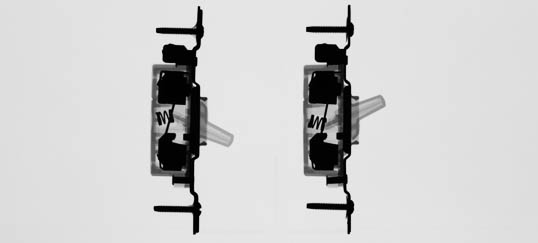Residential Electrical Systems
Credit Hours:
4
Approximate reading time:
3 Hours
Approximate online time:
1 Hour



Program Abstract
A fundamental knowledge of how power is supplied to a residence and distributed throughout the residence to electrical devices is necessary for the fire investigator to:
- Operate safely at the scene.
- Identify and investigate potential electrical ignition sources of a fire.
This module teaches the basics of the electrical power generation, distribution, and transmission system. Then, the module explains how power flows into and throughout a residence. Specific topics include AC and magnetism, the generation and transmission of electrical energy, key elements of the electrical distribution system, residential service components, overcurrent protection, and branch circuits.
This module is part 2 in a progression providing basic electrical investigation foundational material that addresses the requirements in NFPA 1033 (2022 Edition) that fire investigators possess post-secondary knowledge on electricity and electrical systems. You are strongly urged to complete the first module in this progression, Basic Electricity, before taking this module because the content in this module assumes a working understanding of basic electrical principles. It is recommended that the fire investigator take this progression in the following order:
- Basic Electricity
- Residential Electrical
- Electrical Safety
- Arc Mapping
The electrical modules presented on CFITrainer.Net are not intended as a comprehensive education on the topic of electricity and/or electrical examination of a fire scene. Although many scientific concepts are presented in the modules, these concepts are a basic introduction only and additional information, training, and education may be needed to fully understand these topics and competently evaluate electrical sources as potential fire ignition sources. Therefore, completion of the electrical modules available on CFITrainer.Net does not qualify you to electrically examine a fire scene.






























































































